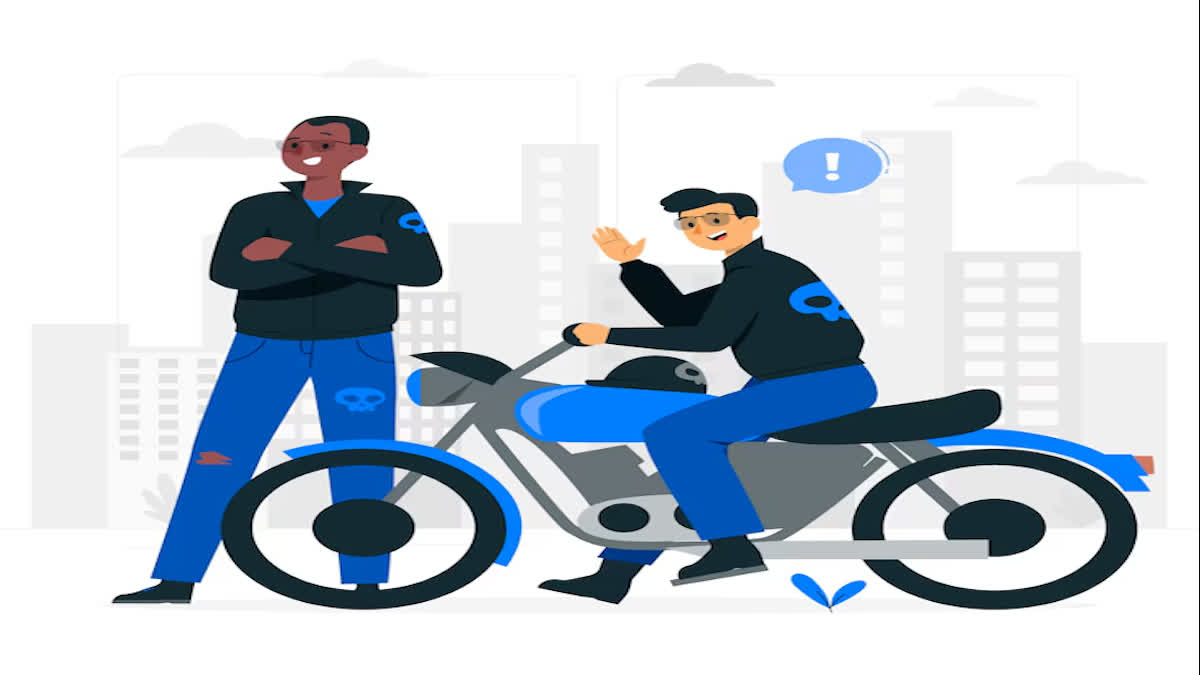Owning a two-wheeler has transitioned from a luxury to a necessity in today’s fast-paced world. A bike or scooter offers unmatched convenience and accessibility for daily transportation. However, protecting your two-wheeler with an insurance policy is essential.
The Motor Vehicles Act mandates that all vehicle owners have at least third-party insurance. Understanding the cost of two-wheeler insurance is crucial for every bike owner, as premiums can differ significantly based on various factors.
Knowing what impacts these costs can help you make informed decisions and secure the best coverage within your budget. Let’s explore the key factors that influence the cost of a bike insurance policy.
Importance of Bike Insurance
Accidents and mishaps are common with the increasing number of vehicles on the road, making insurance essential. For several reasons, vehicle owners must purchase atwo-wheeler insurance policy.
- Financial Protection: It covers repair or replacement costs for damages caused to your two-wheeler due to theft, accidents, or natural disasters.
- Legal Compliance: It is mandatory under the Motor Vehicles Act to have at least third-party insurance, helping you avoid fines and penalties.
- Third-party Liability: It covers damages or injuries caused to a third party, reducing out-of-pocket expenses.
- Personal Accident Cover: This policy offers financial compensation for medical expenses or loss of income due to injury or disability.
- Peace of Mind: It ensures you are financially prepared for unexpected events, such as accidents, vandalism, or calamities.
Top 10 factors influencing two-wheeler insurance costs
Buying two-wheeler insurance pays an annual premium in return for coverage against potential risks, such as damage or theft. Interestingly, two individuals with the same vehicle may pay different premiums.
This is because several factors influence the cost of two-wheeler insurance.
Knowing about these factors can enable you to make an informed decision before selecting a policy. Some of the key factors include:
1.Make & Model
Your two-wheeler's make, model, and engine capacity significantly affect the insurance premium. Bikes with higher engine capacities are more prone to accidents, while premium or sports bikes generally attract higher premiums than standard bikes.
For instance, insuring a Yamaha R15 RR will cost more than a Hero Splendor Plus due to the difference in specifications and associated risk factors.
2.Vehicle’s Age
The age of your bike is another key factor influencing insurance premiums. Due to depreciation, older bikes have a lower market value, which reduces the insurance cost. In contrast, newer bikes with a higher market value tend to attract higher premiums.
This is because the cost of repairing or replacing parts for a new vehicle is significantly higher compared to an older one.
3.Insured Declared Value (IDV)
The IDV represents the current market value of your bike and is the maximum amount payable by the insurer in case of total loss or theft. The insurance premium is directly linked to the IDV—the higher the IDV, the higher the premium.
This component is applicable only in comprehensive insurance policies, ensuring that the coverage accurately reflects the vehicle’s value.
4.Type of Coverage
There are two main types of bike insurance plans: comprehensive policies and third-party plans. Third-party insurance covers only damages caused to a third party in an accident.
In contrast, a comprehensive policy provides broader coverage, including third-party damage and protection against theft, natural calamities, and vandalism. Premiums for comprehensive policies are typically higher than those for third-party insurance.
5.Voluntary Deductible
